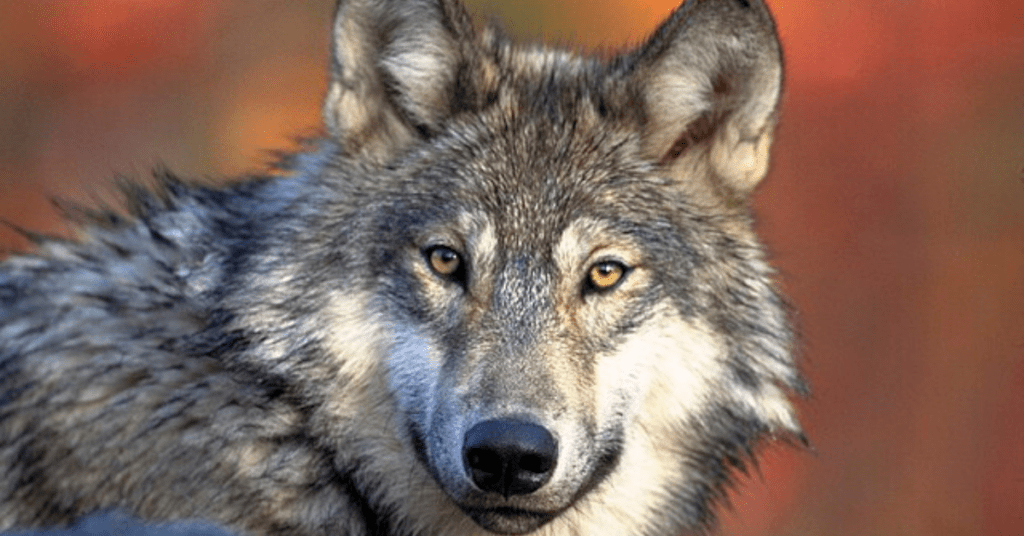
By Amanda Hardin | Commentary, Rocky Mountain Voice
The reintroduction of gray wolves into Colorado has become one of the most contentious environmental debates in recent years, stirring passionate arguments from wildlife advocates, hunters, ranchers and conservationists.
The plan, which was solidified by the passage of Prop. 114 in 2020, calls for the restoration of gray wolves to their historic range in the state.
While this move has been celebrated by some as a victory for biodiversity and ecological balance, it has also sparked significant controversy, particularly regarding its implications for land conservation, hunting practices and rural livelihoods.
The Case for Reintroduction
Proponents of gray wolf reintroduction argue that the species plays a crucial role in maintaining ecological balance. Wolves are apex predators, and their presence can help regulate populations of prey species like elk and deer, which in turn influences vegetation patterns and the health of entire ecosystems. This trophic cascade effect has been observed in places like Yellowstone National Park, where the reintroduction of wolves led to the recovery of riparian zones and increased biodiversity.
For conservationists, the reintroduction of wolves represents an opportunity to restore a missing piece of Colorado’s natural heritage. They see it as a step toward healing landscapes that have been altered by decades of human activity, including overgrazing and land development. Furthermore, they believe that a healthy wolf population could enhance Colorado’s reputation as a leader in conservation and wilderness preservation.
The Impact on Land Conservation
However, the reintroduction of gray wolves is not without its challenges, particularly when it comes to land conservation.
Ranchers and landowners, especially those in rural areas, have expressed deep concerns about the potential impact of wolves on livestock and livelihoods. Wolves are known to prey on cattle and sheep, which can lead to significant financial losses for ranchers. This creates a tension between conservation efforts and the economic realities of land use in Colorado.
The state has proposed compensation programs for ranchers who lose livestock to wolves, but many are skeptical about the effectiveness of these measures. They argue that the presence of wolves could lead to increased costs for land management, as ranchers may need to invest in additional fencing, guard animals, or other protective measures. This could strain relationships between landowners and conservationists, complicating broader efforts to protect open spaces and wildlife habitats.
Hunting and Wildlife Management
Hunting is another area where the reintroduction of wolves has sparked controversy. Colorado has a strong hunting tradition, and hunters are concerned that wolves could reduce populations of game species like elk and deer, leading to fewer hunting opportunities and thus, less meat for the freezer. This is particularly worrisome in areas where hunting is not only a cultural practice but also a significant source of income for local communities through tourism and hunting-related businesses.
Wildlife management in Colorado is a delicate balancing act, and the addition of a new apex predator could disrupt existing management plans. State wildlife agencies must now consider how to balance the needs of hunters, conservationists, and landowners while ensuring the sustainability of both predator and prey populations. Some hunters fear that the presence of wolves will lead to more restrictive hunting regulations or quotas, further limiting their opportunities.
The Broader Debate: Conservation vs. Human Interests
The gray wolf reintroduction controversy in Colorado highlights a broader debate about the relationship between conservation and human interests.
On one hand, restoring wolves to their historic range is seen as a moral and ecological imperative, a way to correct past wrongs and promote biodiversity. On the other hand, it raises legitimate concerns about the impact on rural economies, hunting traditions, and land use practices.
Ultimately, the success of wolf reintroduction in Colorado will depend on finding a balance that respects both wildlife and human livelihoods. This may require innovative approaches to land conservation, such as partnerships between conservation organizations and landowners, and adaptive management strategies that take into account the needs of all stakeholders.
As Colorado moves forward with this controversial plan, it will serve as a critical test case for how to reconcile the often-competing demands of conservation, land use, and rural life. Whether or not the reintroduction of gray wolves can coexist with hunting, ranching, and land conservation remains to be seen, but one thing is certain: the debate will continue to shape Colorado’s landscape and identity for years to come.
Editor’s note: Opinions expressed in commentary pieces are those of the author and do not necessarily reflect the opinions of the management of the Rocky Mountain Voice, but even so we support the constitutional right of the author to express those opinions.
